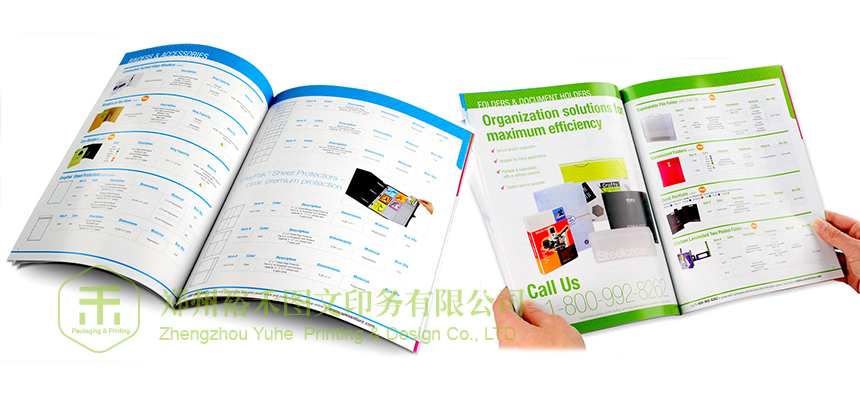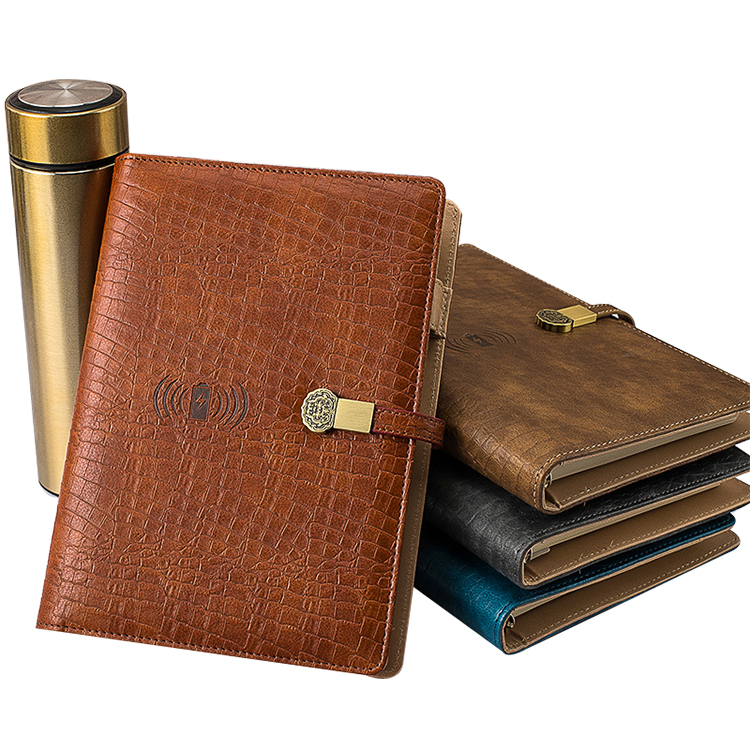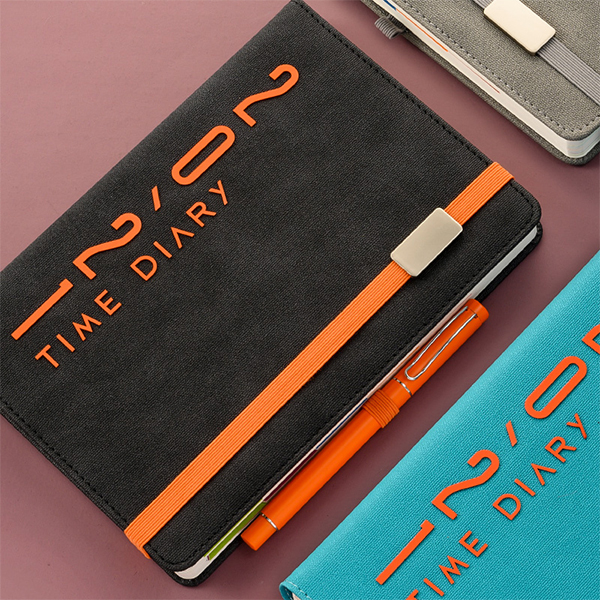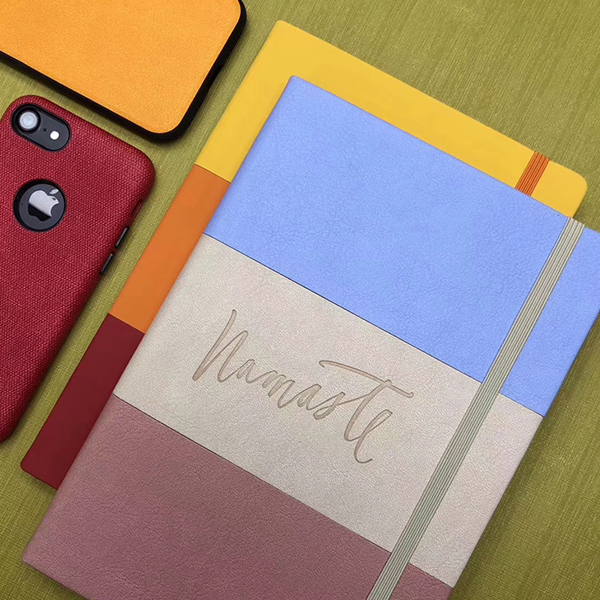
Seven Reasons Why Catalogues, Magalogues Work
One of the oldest forms of marketing, catalogues remain a powerful marketing medium, but their role has changed. Where they were once a direct-response vehicle, they now drive consumers to the internet to place an order online.
It seems that customers still enjoy sitting down
and thumbing through a good-quality catalogue, relaxing as they allow
themselves to be inspired by the ideas and products. However, the shift in role
has failed to impact the variety and popularity of the catalogue medium,
instead securing its place as an essential part of the multimedia marketing
mix.
Catalogues are going through a renaissance
because of the versatility and practicality of the printed publication. In a
world where anybody can launch a website, the expertly crafted catalogue is
highly valued by marketer and customer alike, as demonstrated by the success of
the Google catalogue app, an online tool that integrates catalogues from a
large number of brands.
With new formats and the introduction of
editorial content, there’s little doubt that print catalogues still play an important role in the retail sector – and will do for some time to come.
Why? Here are seven very good reasons.
1. Accessibility
The advantages of print catalogues is their ease of use, level of trust and accessibility. They’re portable, aspirational and designed to be picked up repeatedly. While the internet has a role to play in any retail operation, catalogues offer a complete brand-in-the-hand, with every product available at a glance. Research in the Nordic countries shows that 38% of consumers look first at products in catalogues before purchasing the product online (E-Commerce in the Nordics, 2011).
2. Information
The catalogue is a lightweight and
readily available source of information, with most questions answered within
its pages. Price, look, colour, size, quality, performance, can all be
communicated quickly. Research shows that 34% of consumers say catalogues offer
a better product overview and make it easier to look through different products
(E-Commerce in the Nordics, 2011).
Information about products is now even richer with the use of QR codes and
Augmented Reality, which give the consumer the ability to access online content
such as videos or interviews, which add another dimension to the catalogue.
3. Seduction
For high-end products, a catalogue offers an opportunity to draw the customer into the brand’s world, giving them an experience that goes beyond the shop window. Using striking design techniques and distinctive paper, this experience allows the reader to be seduced by the product, making purchase or other action more likely.
4. Brand-building
With a catalogue you have a
significant amount of time with your customer. While your customer is reading
your catalogue, they are also taking in your messages and values, strengthening
the bond.
Catalogues are now being produced with editorial content sitting alongside the
products, creating the ‘magalogue’ – a combination of the entertainment and
education of magazine content with the information held within catalogues.
Magalogues become strong brand ambassadors because the products can emphasise
the brand imagery.
5. Targeting opportunities
Catalogues work best when their distribution is targeted, their ideal audience defined by a wide range of variables. You can then choose which customers are likely to spend and distribute your catalogue accordingly. The digital world plays a vital role in targeting, with online shopping data used to optimise the targeting of catalogues, and QR codes printed to help drive the consumers to the nearest retail outlet via their smartphone.
6. Brand loyalty
The ultimate goal with any marketing campaign is to build brand loyalty. By offering a catalogue full of creativity and innovation, you can foster this loyalty, with the reader satisfied that their custom is worth the effort that’s gone into such a publication. The catalogue is your shop window, the ideal chance to impress your customers in their own homes before directing them to the website for the consumer to complete their purchase.
7. Effectiveness
A large number of global brands still
regard the catalogue as their premier sales tool. Working with the website,
call centre and store, its ability to have its success measured quickly and
accurately is a real advantage for the marketing executive.
Catalogues combine with the directness and immediacy of online shopping,
increasing the effectiveness of both, while tracking purchases via personalised
URLs printed in the catalogue increases the sales-per-page figures –
information that can be used to optimise the layout of future editions.
We warmly welcome your inquiry and long term cooperate!
welcome you to be our distributor in your local market






